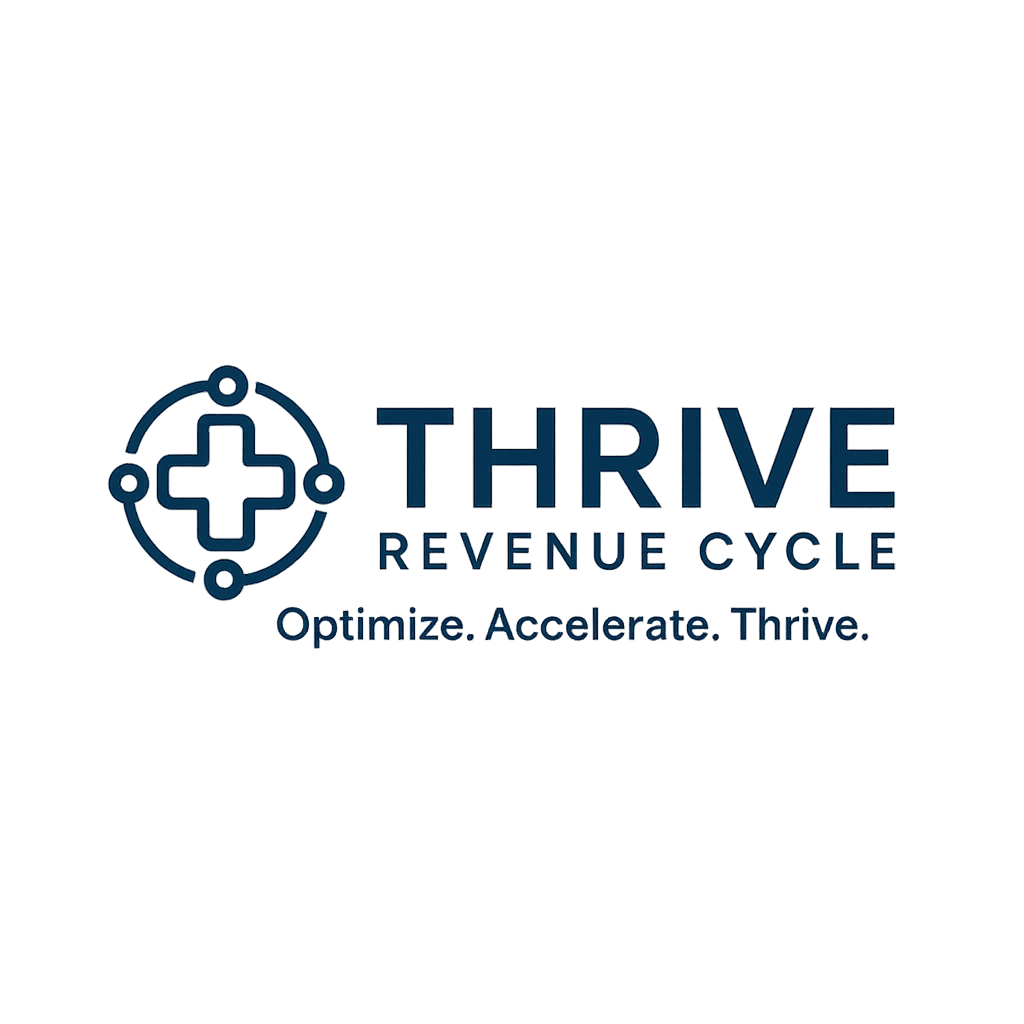Your cart is currently empty!
New Benchmarks, AI Risks, and Proactive Audit Strategies
The Coming Storm in Healthcare Billing
“In 2024, a 300-provider multispecialty group lost $1.2M after their AI-powered RCM vendor ‘optimized’ claims into denial patterns. By the time they audited, 60% of appeals were time-barred.”
2025’s revenue cycle will bring:
✅ AI-driven claims processing (with new failure points)
✅ Tougher payer policies (Medicare Advantage prior auth overhaul)
✅ Stricter price transparency penalties
If you’re not auditing your RCM vendor with 2025-specific criteria, you’re flying blind. Here’s your battle plan.
1. Why 2025 Demands a New Audit Approach
Three seismic shifts changing vendor risk:
- AI Black Box Problem
- Payer Policy Volatility
- Contracting Landmines
2. The 2025 Vendor Red Flag Checklist
New warning signs emerging this year:
🔴 “AI-optimized claim rejection rates” (vendor boasts of “reducing claim volume” by pre-filtering)
🔴 No human-reviewed QA process for AI-processed claims
🔴 Can’t produce model training data used for their algorithms
🔴 Missed price transparency updates (leading to CDM conflicts)
Real Case: A vendor’s AI “learned” to avoid billing modifier 25 – causing $380k in underpayments before detection.
3. 2025’s Must-Audit Metrics (and How to Verify)
✅ AI Accuracy Rate (New for 2025)
- Benchmark: ≥98% machine learning precision
- Audit Method:
✅ Price Transparency Compliance Score
- Benchmark: 100% matched charges vs. posted CDM
- Audit Method:
✅ Pending Authorization Rate
- Benchmark: <2% of total claims
- Audit Method:
(Traditional metrics now need 2025 twists:)
2025-Specific Adjustments to Traditional Metrics
✔ Clean Claim Rate
- 2025 Adjustment: Exclude claims that were pre-filtered or modified by AI before submission
- Why It Matters: AI may artificially inflate clean claim rates by suppressing “high-risk” claims that could still be billable
✔ Days in Accounts Receivable (A/R)
- 2025 Adjustment: Track the aging of claims placed on “AI-hold” (delayed for algorithmic review) separately from standard A/R
- Why It Matters: AI processing delays could mask cash flow problems if not monitored independently
✔ Appeal Win Rate
- 2025 Adjustment: Specifically analyze denials caused by AI processing errors or over-optimization
- Why It Matters: Identifies whether vendor’s AI is creating new denial patterns that require correction
Key Takeaway: In 2025, traditional metrics require AI-aware interpretations to reveal true performance. Always segment AI-processed claims in your analysis.
Pro Tool: Next-gen audit platforms like Arcadia RCM Observer now track AI decision trails.
4. The 2025 Vendor Audit Playbook
Phase 1: AI Transparency Testing
- Demand model cards for all machine learning tools
- Verify training data isn’t skewed toward denials avoidance
- Test how system handles 2025 CMS rules (e.g., new E/M guidelines)
Phase 2: Payer Policy Stress Test
- Submit 10 high-risk 2025 claim types (e.g., telehealth with new modifiers)
- Confirm vendor uses latest:
Phase 3: Contract Deep Dive
- New clauses to check:
5. When to Fire Your Vendor (2025 Edition)
Upgrade if they:
- Can’t explain AI logic behind claim changes
- Miss >5% of price transparency updates
- Still use batch processing for priority claims
Transition Tip: Look for vendors with:
- Explainable AI certifications (new EHNAC standards)
- Real-time policy engines (not quarterly updates)
Final Thought: Audit or Become a Statistic
2025’s RCM vendors wield powerful tools—but unchecked AI is tomorrow’s denial tsunami. Quarterly audits are now clinical-grade financial hygiene.
“Has your vendor explained their 2025 AI strategy? “

